|
Jason recently found a patch of Japanese Knotweed growing along the edge of a customer's yard in Antrim County between the Villages of Central Lake & Bellaire. (Way too close for my comfort!) Jason immediately alerted the homeowners. They had noticed it growing but had mistakenly identified it as Basswood saplings so they left it be. They were shocked to learn of the devastation caused by knotweed, and how difficult it is to eradicate it. It's easy to see how knotweed can be misidentified or overlooked until it becomes a problem. Knotweed is a pretty plant. Unfortunately, it can and will spread quickly. If left unchecked, knotweed can destroy structures, kill vegetation & it will eventually consume your entire property. Seriously folks. I'm not being dramatic here. People have lost homes to knotweed & millions of dollars are spent on litigation, education, control & eradication measures. LEARN TO IDENTIFY JAPANESE KNOTWEED
The State of Michigan offers a free printable PDF on Japanese Knotweed. For more information on other invasive species in Michigan visit Michigan.gov/Invasives. Japanese Knotweed is a perennial herbaceous shrub native to East Asia. It was first introduced here as an ornamental plant. It is not native to the U.S. and its cultivation is prohibited in Michigan.
Oh come on now! IS KNOTWEED REALLY THAT BAD?
Anyone offering pesticide application services for hire (including advertising & bids) MUST HAVE a Pesticide Applicator Business License (PABL). PABL expires annually on December 31st. If you look up a firm offering pesticide application services & do not find them on this list, please report it to the Michigan Department of Agriculture & Rural Development (MDARD) - Pesticide and Plant Pest Management Division at 517-284-5771. So, if you can't dig it out, burn it, cut it down or spray it... What are you supposed to do? REPORT JAPANESE KNOTWEED!
Now that I've scared the bejeebers out of you, is there anything good to be said about knotweed? Well, actually, yes. Japanese Knotweed leaves, shoots and roots do have culinary & medicinal uses.
Ok friends, here's your assignment... Take a walk around your property to look for knotweed and other invasive species. If you're up north over the 4th of July holiday, keep an eye out every where you go. Hiking, biking, kayaking. Everyone has a cellphone on them these days. Download the MISIN app to document and report knotweed and other invasive species. THANK YOU FROM THE PILLYWIGGINS!
0 Comments
June sure has been the month of bricks & pavers for the Pillywiggins. We started in Boyne City with two brick jobs and finished up outside Central Lake with two Rosetta Stone patios. The homeowners have been busy renovating their home inside & out. Stay tuned. You'll be seeing more of this project in the future. PATIO #1 BEFORE & AFTER PATIO LANDING #2 BEFORE & AFTER INSTALLATION PHOTOS Perhaps you've heard the rumor? Jason hit the bricks. Well, I'm here to tell you it's true. He snuck out of the house early in the morning, packed up his truck and split for Boyne City... to complete two landscape projects back to back and brick by brick! BRICK JOB #1 - BEFORE For the first project, the homeowner wanted to salvage & reuse the existing brick. The walkway & drive had been installed by her late husband many years ago. She was seeking a landscaper with "artistic flare" to remove, repair & reinstall the bricks. Someone recommended the Pillywiggins. We're not sure who but thank you! AFTER All of the bricks were removed, the area was leveled and new base materials were installed. The joints between the brick needed to be tighter but Jason was careful to keep the patterns similar to the original work. Sometimes, preserving memories is just as important as making the repairs. Brick Job #2 Our 2nd brick job in Boyne City belonged to the first homeowner's daughter. A brick walkway, new install. The new walkway went down quickly but the rain caused a slight delay when it was time to sand in the joints. We're no strangers to working in the rain but some tasks, like sanding in joints, can not be completed when wet. Yesterday, Jason made the last trip to Boyne City to finish sanding in the joints. Luckily, the next job on his list was just a few miles up Boyne City-Charlevoix Road. It's a pretty drive through Horton Bay & around Lake Charlevoix. I'm sure Jason enjoyed taking the scenic route (and a breather) before tackling the 4 ton pile of stone that was waiting at the next site. Jason had previously constructed the berm & mulched it. To create a decorative edge & complete the berm, 3 tons of washed stone & 1 ton of 12" boulders were installed. When the homeowner returns we'll select the plants to fill the berm.
|
Categories
All
Archives
July 2024
|
A Blog for Art, Garden & Nature Enthusiasts

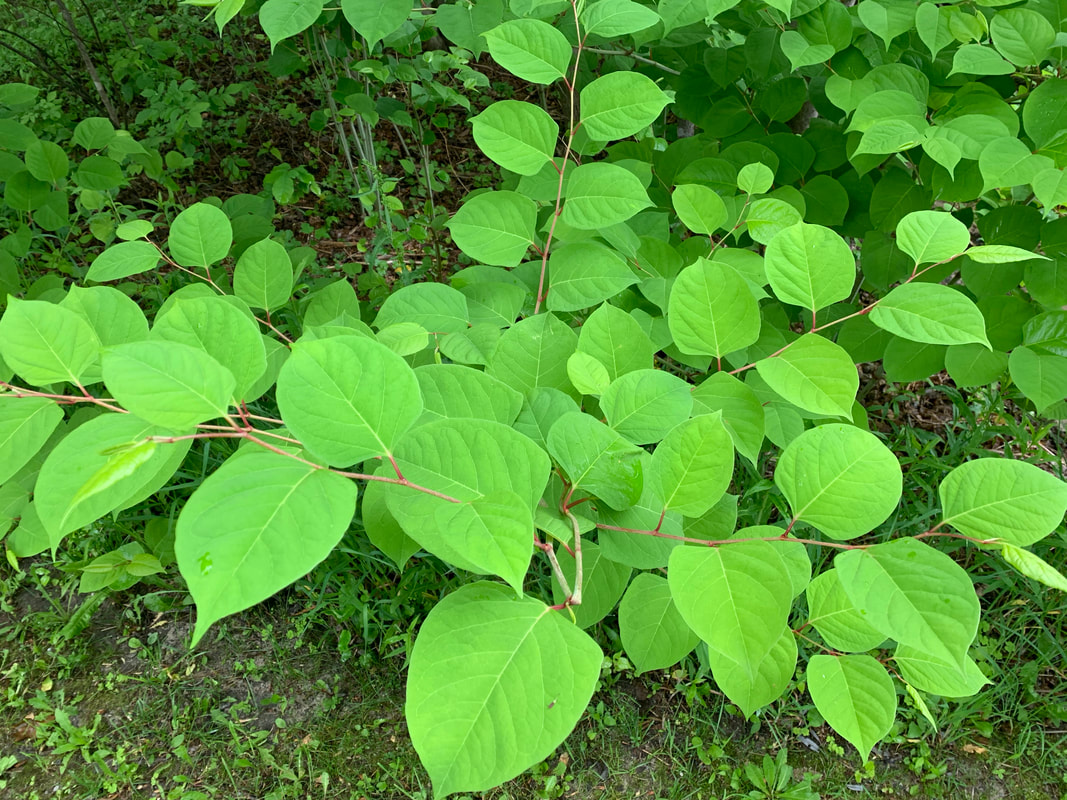

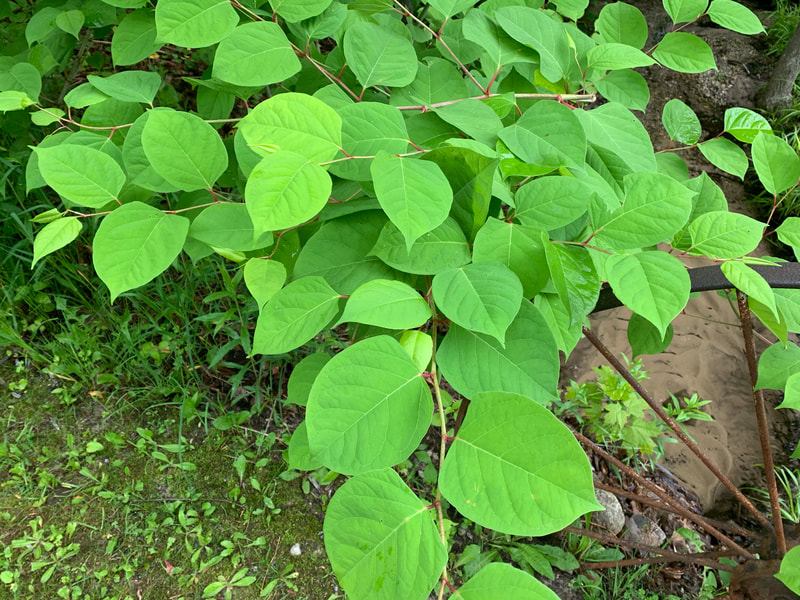
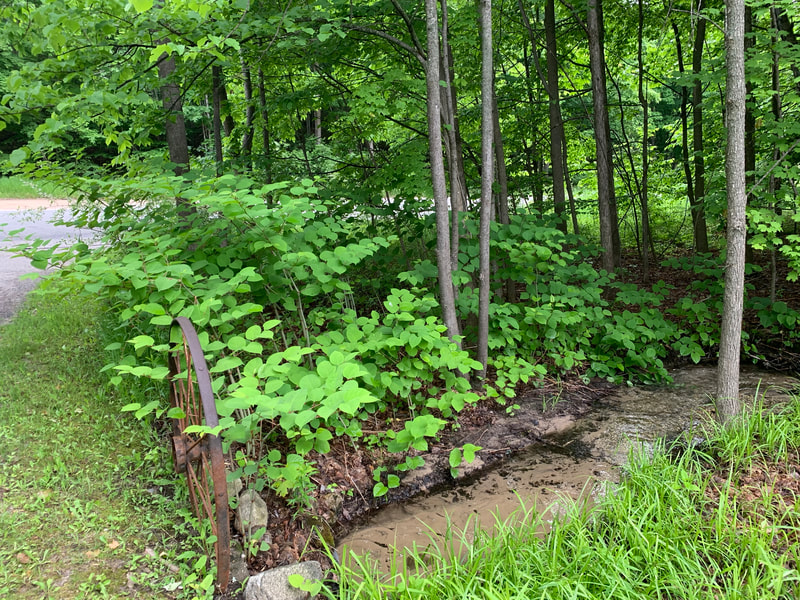

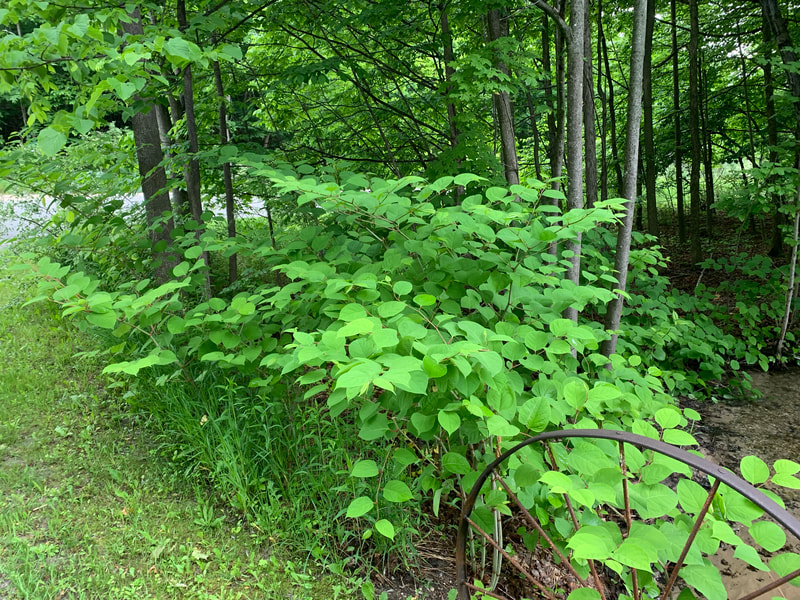








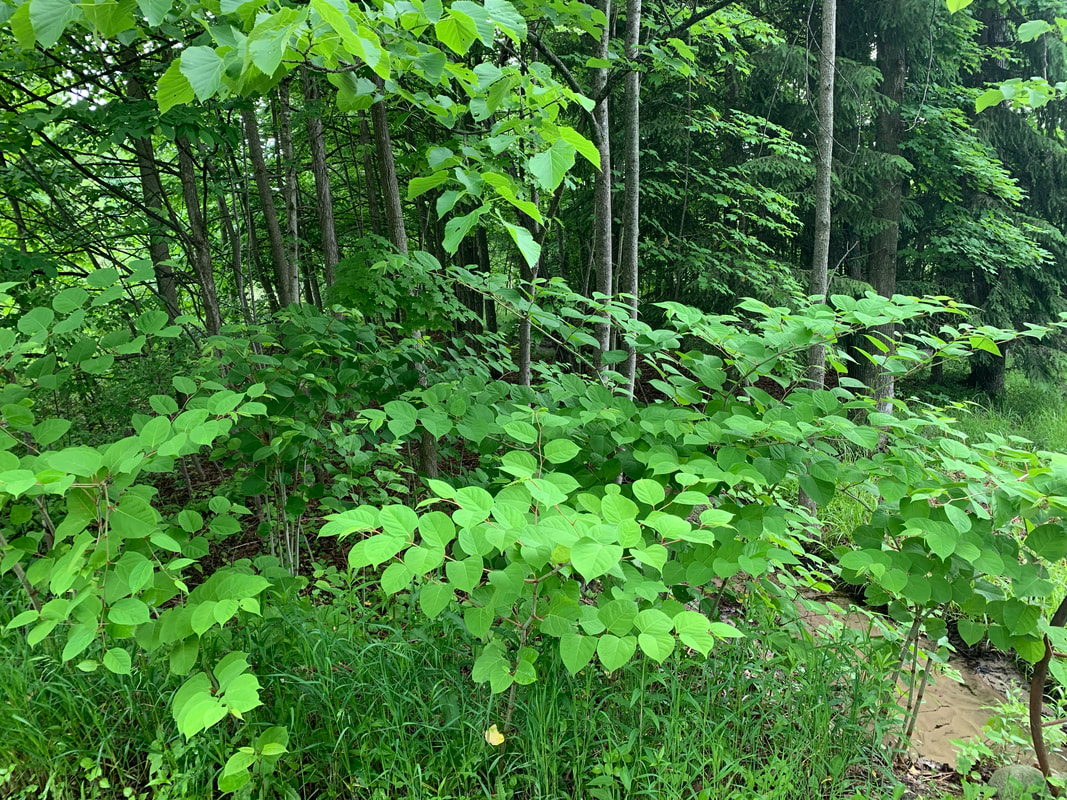

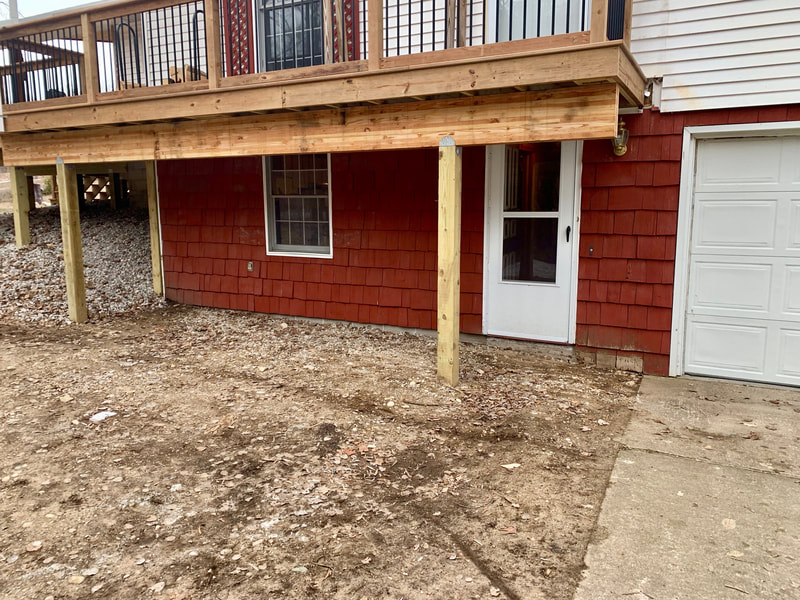
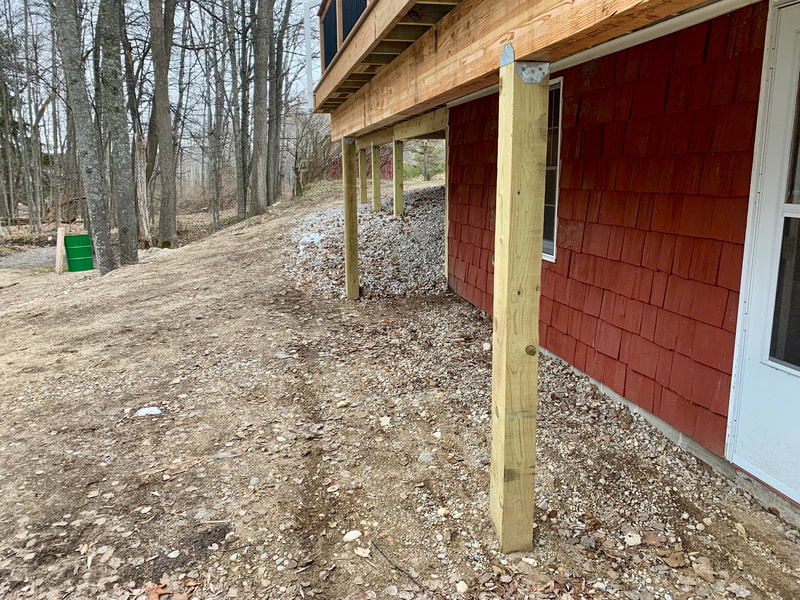
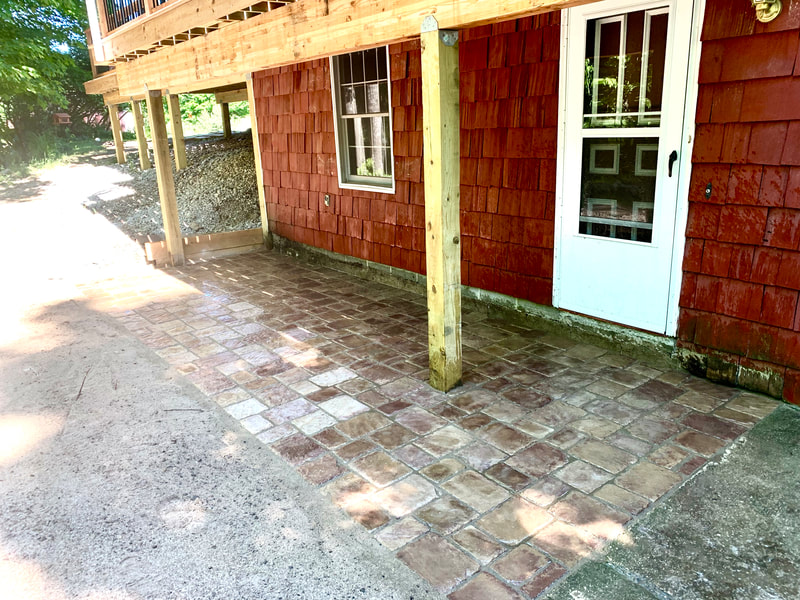
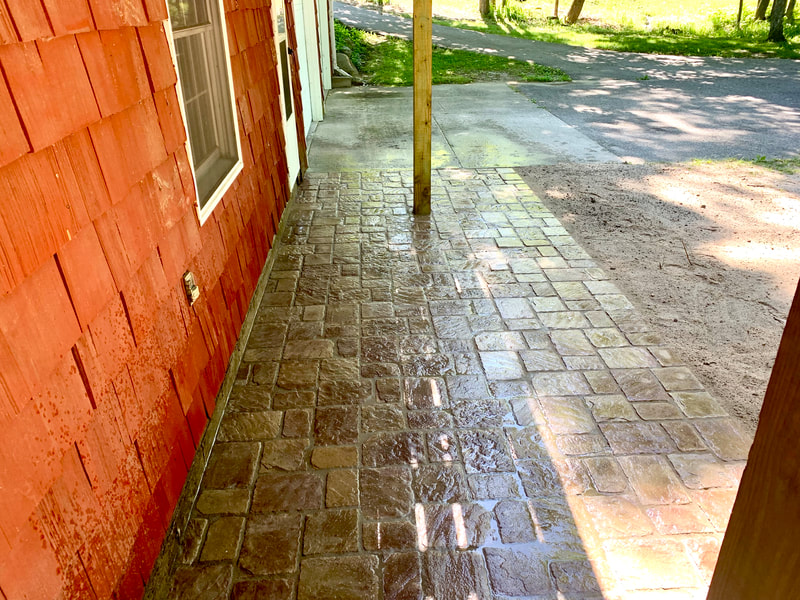
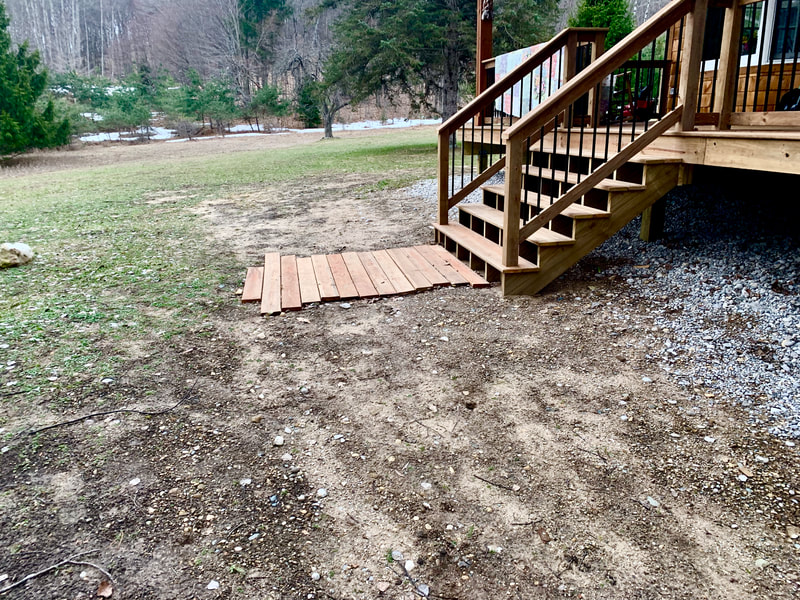

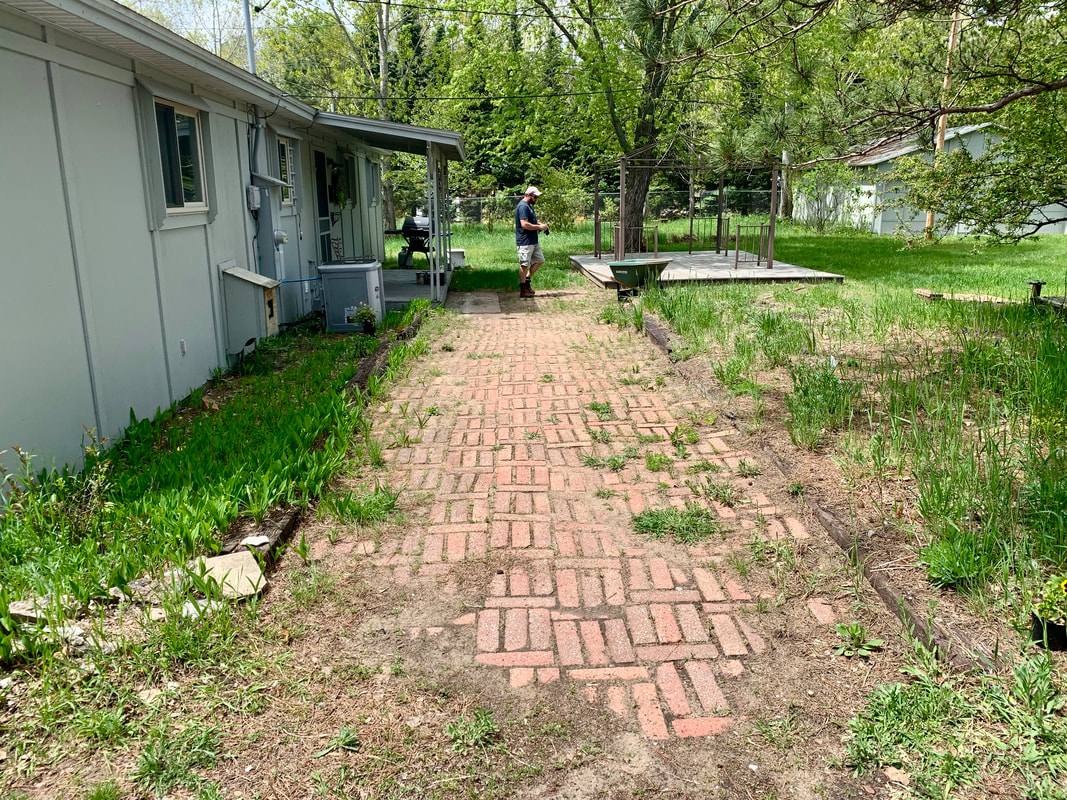
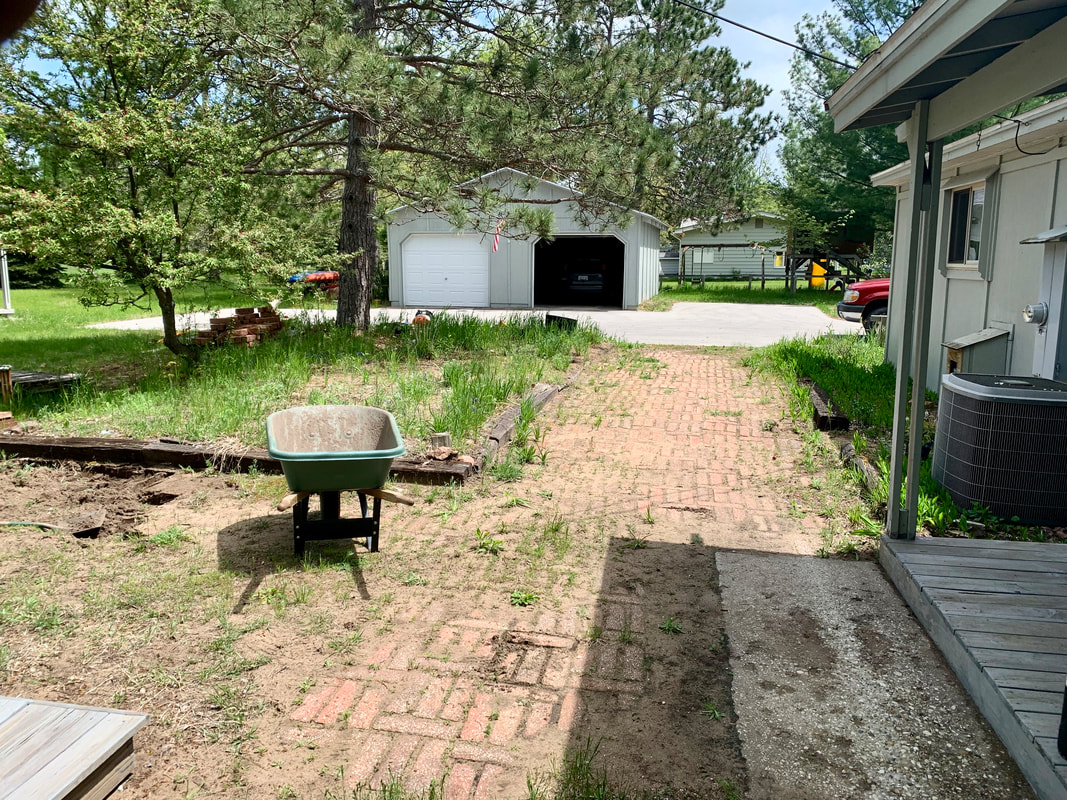
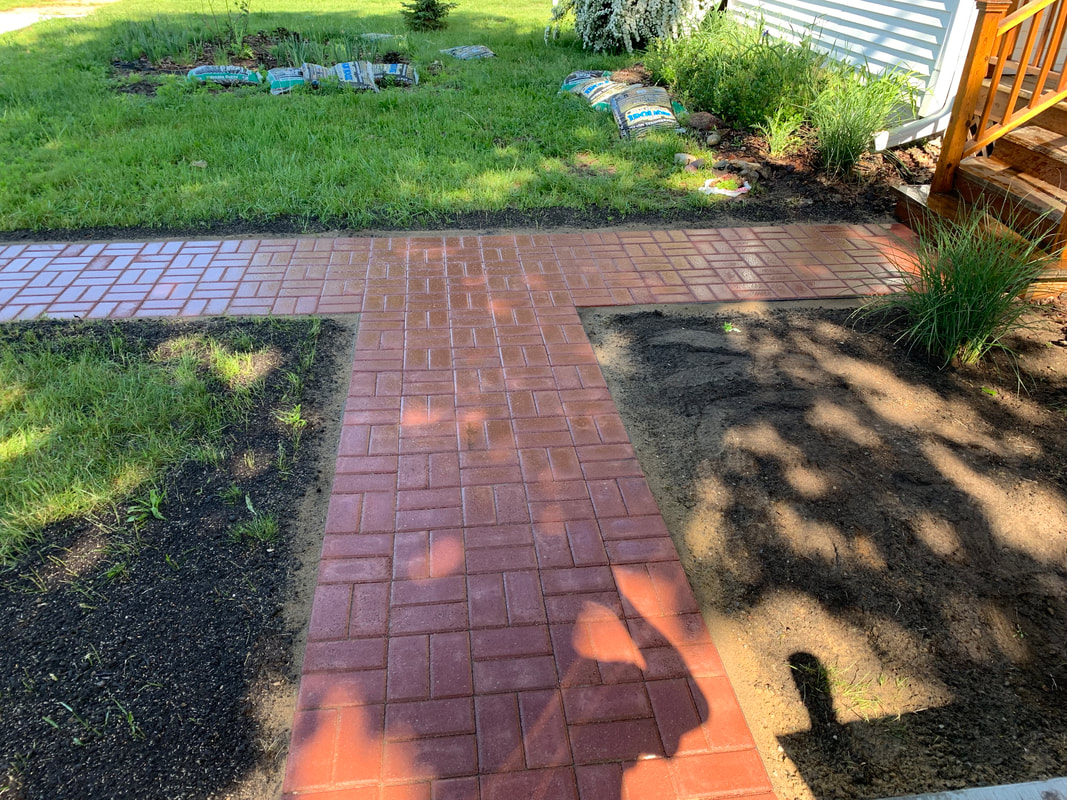
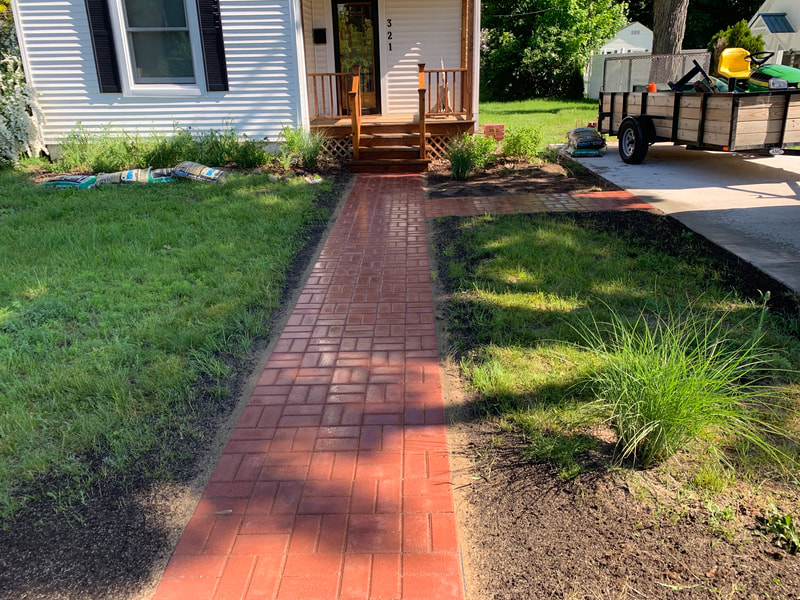
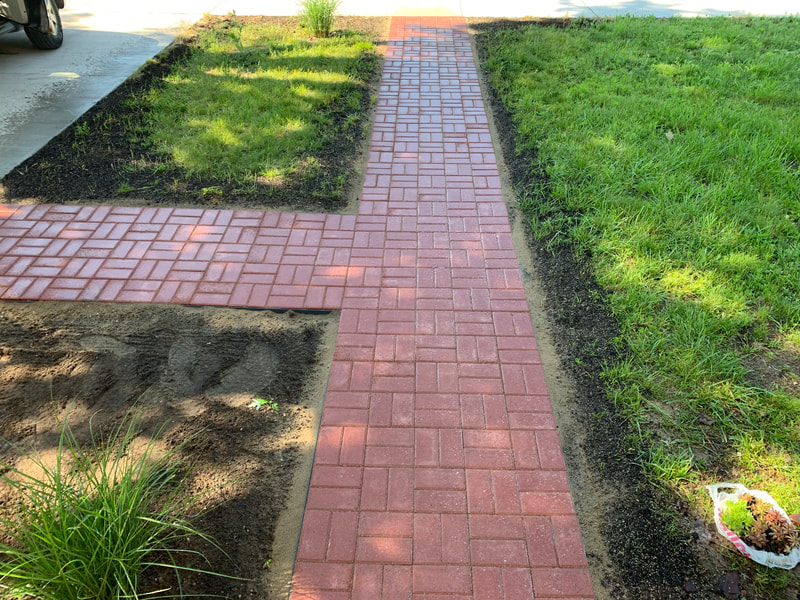
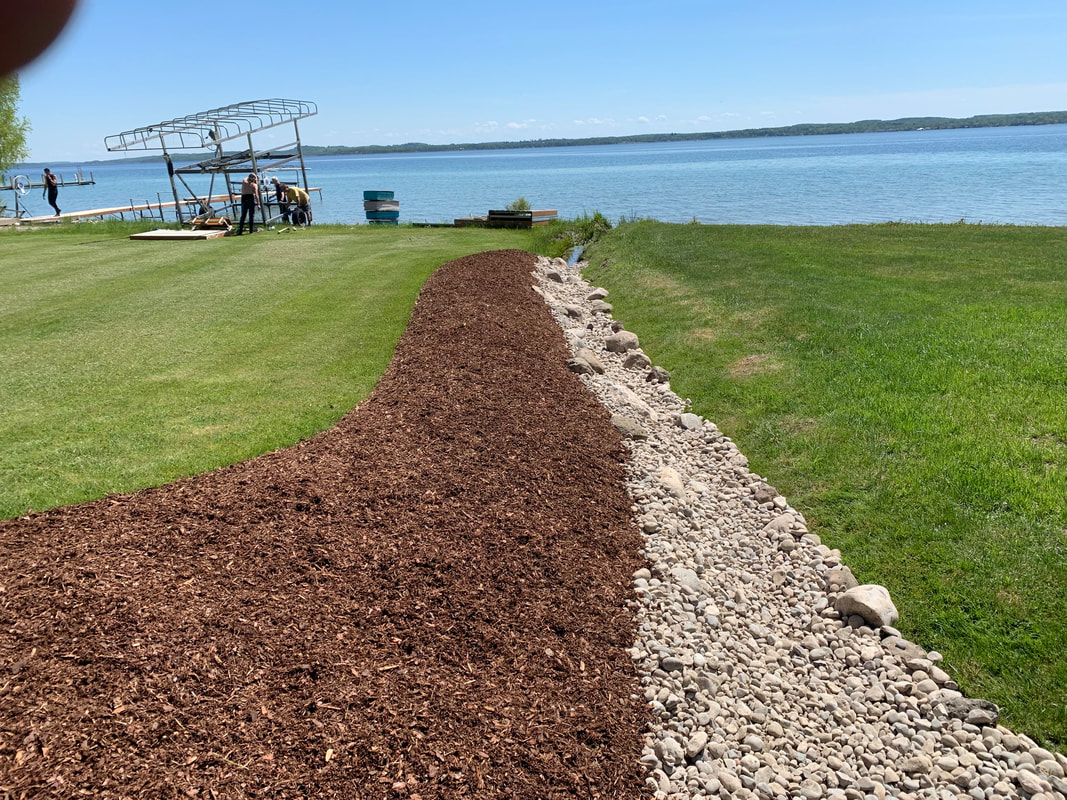





 RSS Feed
RSS Feed

